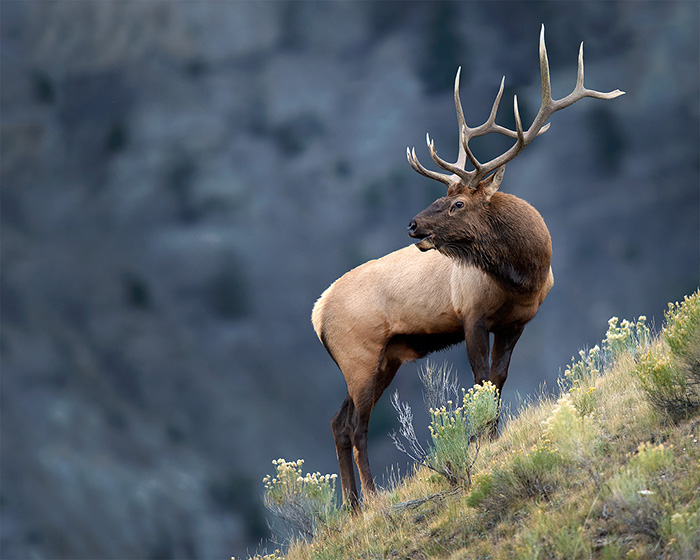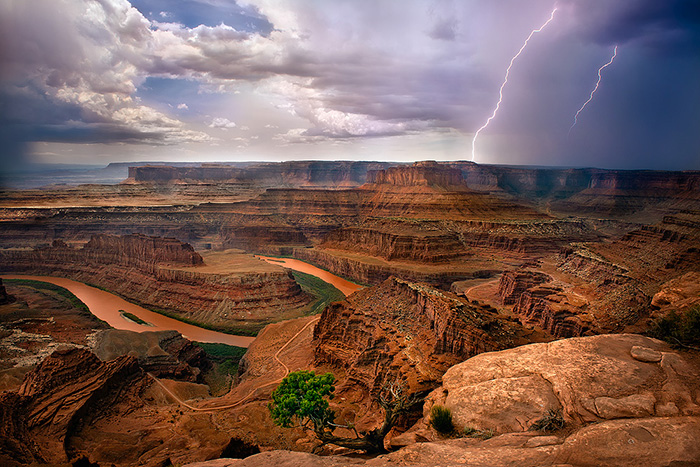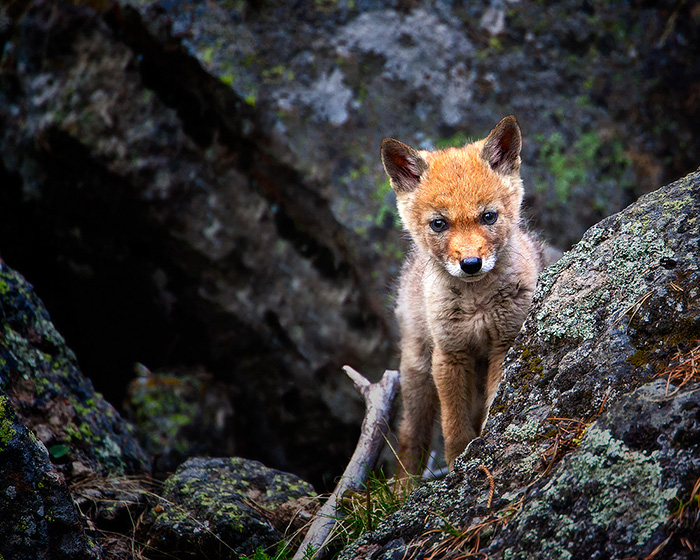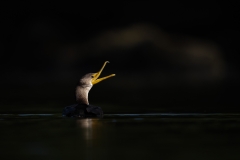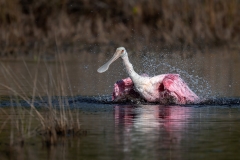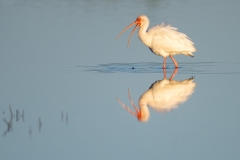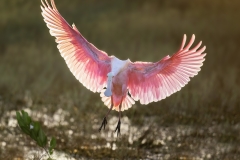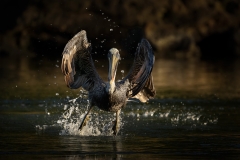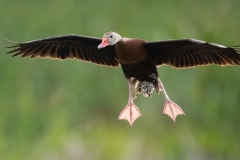Psst – Wanna know one of the biggest tricks for good nature photos?
Shoot your subject when it looks its best!
I know, seems pretty obvious and I can almost hear the collective “DUH” from everyone reading this, but stick with me here. See, it’s been my experience that most photographers don’t really take the time to ask themselves the simple question of, “Does the scene I’m about to shoot as good as it possibly can?”
If we’re honest with ourselves, in many cases the answer is a resounding “NO!”
However, photographing your subject when it looks best is often the difference between a file that becomes an impressive wall-hanger and one that gets a date with the delete key.
Take a waterfall for instance. Would it look better during the spring with fresh greens and lavish amounts of elegant, flowing water or during August when everything is dry and withered? What about after the first snow of the season, or maybe during autumn after a rainstorm has carpeted the banks with a medley of colorful leaves. Only you can decide.
Of course, this applies to more than just falling water…
Would that mountain in your photo look better with a snow-capped peak, or does the ruggedness of the ancient, weathered rock look better? Would a bull elk be more impressive during the fall rut, or after a long, grueling winter? Would that river seem more magical with its banks draped in fall color, snow, or wildflowers?
Only you can make the decisions. After all, it is your photo.
Of course, some subjects have good potential any time of year with every season bringing something unique to the table. However, even then there are questions to be considered. At what time of the year does the morning or evening light illuminate it best? Would it look better with a full moon in the frame?
And what about the weather? Are there certain weather conditions that would be better for the type of photograph you’re trying to capture? What time of year are you most likely to get that type of weather?
The trick here is to come to a decision about what it is you want to photograph, what time of year it will likely look its absolute best, then, plan accordingly.
Of course, it’s sometimes tough to plan the ideal time of year for a shot when you’ve never been to a location before.
In those cases, an educated guess is required. If I’m shooting waterfalls, I know that late summer probably isn’t a good bet, but spring is a virtual guarantee of top-notch water flow. If I’m shooting newborn wildlife, I know winter is a poor choice, but late spring and early summer might be ideal.
If your destination lies within a park or recreation area, it never hurts to pay a visit via telephone first. I’ve rearranged more than a few trips based on a five-minute call to a ranger station, and conversely, have had a few trips ruined for lack of doing so. Naturally, I never expect the person on the other end of the line to be an expert with photo advice, but questions like, “When do you typically see coyote pups roaming around?” can be helpful.
Additionally, when I’m in a new location, I’ll scout the area then decide what actually does look best right now. Sure, maybe there’s a nice shot of a mountain, but I know it would look better with some snow – put that on hold for another trip.
On the other hand, maybe it turns out I’m just in time for some brilliant fall color in a little aspen grove – prefect!
The bottom line is simply this. As often as you can, focus your energy on photographing subjects the time of year and conditions where they shine their brightest.
~ Steve
PS – If you enjoy these articles, you’ll really love my e-book, Secrets To Stunning Wildlife Photography. It’s 290 pages of field-tested tips, tricks, and advice for getting amazing wildlife photos on your memory cards. Thousands have already ordered, click here to check it out for yourself. I know you’ll love it!


